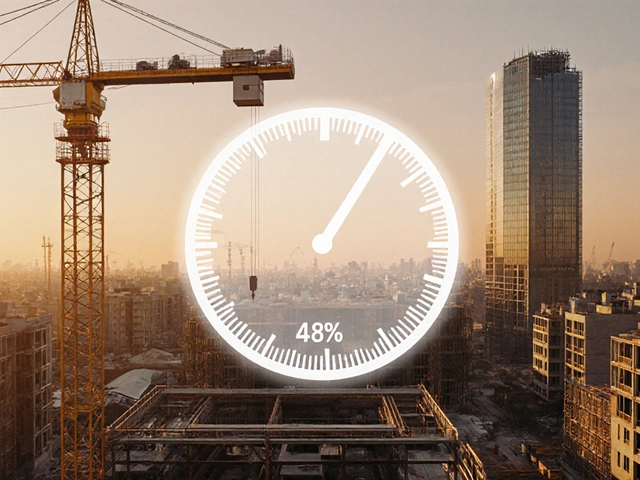New Build Walls – What You Need to Know for Strong, Efficient Homes
When you start a new build, the walls are the backbone of everything else. A solid wall keeps the house warm, safe, and ready for the finishing touches. In this guide we break down the basics – from picking the right material to laying the bricks correctly – so you can avoid costly slip‑ups and finish on time.
Choosing the Right Wall Materials
First thing you need to decide is what the walls will be made of. The most common choices are brick, block, concrete, and stone. Each has its own price point and performance.
If you want a material that’s easy to work with and widely available, concrete block is a safe bet. It’s lighter than solid brick, so it’s easier on the foundation, and you can get it from local suppliers like Lime Hillock Construction Material Resources. Their limestone blocks are strong, have good thermal mass, and match the look of traditional stone walls.
Brick gives a classic appearance and excellent durability. It does need more labour, which can raise the cost, but the finished wall ages well and requires minimal maintenance.
Solid stone walls are the premium option. Limestone from a local quarry offers natural breathability and a unique texture. It’s perfect for heritage‑style builds or where you want a high‑end finish, but be ready for higher material and handling costs.
When you compare options, think about three things: cost, thermal performance, and how the material works with your foundation. A cheap wall that causes damp problems will end up costing more in the long run.
Putting Up Walls the Right Way
Material choice is only half the battle. How you build the wall matters just as much.
Start with a level, stable foundation. If the foundation is uneven, the wall will crack later. Follow the 345 rule (three meters out, four meters forward, five meters down) to keep layouts square – a simple trick that saves headaches.
Lay a damp proof membrane (DPM) on the foundation before the first course of block or brick. This stops moisture from rising into the wall and keeps your interior dry.
Use a good quality mortar mix and keep the joints the right thickness – usually about 10 mm for block and 12 mm for brick. Too thick and the wall loses strength; too thin and it’s prone to cracking.
Remember to tie the wall into any existing structural elements, such as floor joists or load‑bearing beams. Metal ties or lead flashing work well and keep the wall acting as a single unit.
Don’t forget insulation. Inside‑face insulation works for most builds, but external insulation (ETICS) can improve thermal performance and protect the wall from weather. Pick an insulation board that matches the wall’s thickness so you don’t end up with uneven finishes.
Finally, keep an eye on the work as it progresses. Small errors – like a slightly out‑of‑level course – can add up. Check each layer with a spirit level and adjust before the mortar sets.
By choosing the right material and following these practical steps, you’ll end up with walls that hold up for decades and keep your home comfortable. If you’re ever unsure, a local builder or a structural engineer can give quick advice tailored to your site.
Can You Drill Into New Build Walls? What Homeowners Need to Know

Thinking about hanging shelves or a TV in your new build? This article breaks down whether you can drill into new build walls, what you should watch out for, and simple tips to avoid major headaches. It explains the types of walls you’re likely to find in new construction, common risks, and how to protect your home warranty. Get practical advice and real-world solutions for stress-free DIY projects in your freshly built space.
read more



